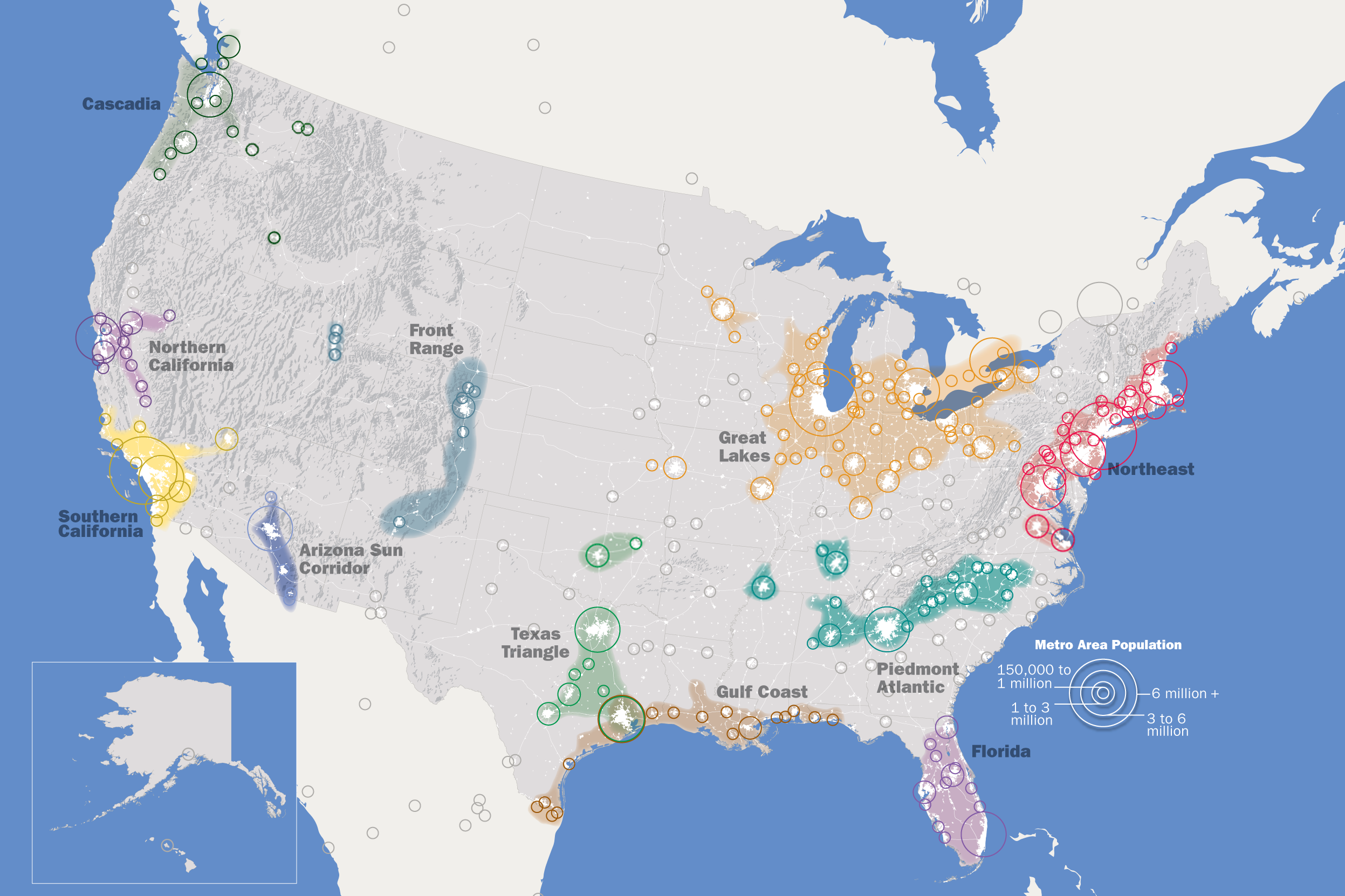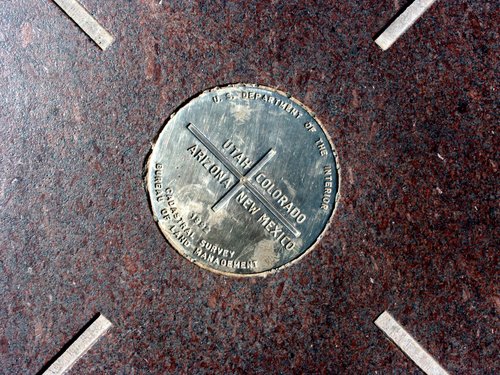
The above is a chart that shows the distribution of 'whites' in Colorado. The American Indian population greatly conquered all other existing races in Colorado many years ago. However, in today's demographics, It is now occupied by primarily whites and Hispanics.
Also, the Peterson air force base is located at Colorado Springs in El Paso County. I thought i would talk about this briefly because I have actually visited it and been on base. It is extremely big and beautiful, hugging the mountains base and goes up into the mountains as well. While i visited Colorado with an Ex girlfriend of mine, her uncle and aunt are both in the military. So we got to get onto the base and drive around and check out all of the statues, and planes, etc. It was an amazing experience. Also, while we were there, we shot archery on an actual archery range which was really cool because it is set up like a golf course. There are "holes" which are really targets that you go around to and pick your distance and see how close you get to the bullseye, (or in our case if you could even hit the target). The below picture is an ariel view of one section of the base.
















 ...you can see from the picture, the size of the brewery.
...you can see from the picture, the size of the brewery. 







 The Denver metropolitan area consists of eight counties including all of Denver and Broomfield Counties and parts of Adams, Arapahoe, Boulder, Douglas, Elbert, and Jefferson Counties. The metro area stretches over 4,500 square miles from Golden to the west to Watkins to the east. The northernmost city is Longmont and the southernmost location is Castle Rock.
The Denver metropolitan area consists of eight counties including all of Denver and Broomfield Counties and parts of Adams, Arapahoe, Boulder, Douglas, Elbert, and Jefferson Counties. The metro area stretches over 4,500 square miles from Golden to the west to Watkins to the east. The northernmost city is Longmont and the southernmost location is Castle Rock. Generally the foothills are considered the higher terrain between 6,000 and 9,000 feet west of Denver that parallel the Front Range Mountains. The foothills stretch from Roxborough State Park north to the west side of Fort Collins. Evergreen, Morrison, Genesee, Nederland, and Red Feather Lakes are all examples of foothill locations.
Generally the foothills are considered the higher terrain between 6,000 and 9,000 feet west of Denver that parallel the Front Range Mountains. The foothills stretch from Roxborough State Park north to the west side of Fort Collins. Evergreen, Morrison, Genesee, Nederland, and Red Feather Lakes are all examples of foothill locations.  The Palmer Divide is a ridge of higher terrain that extends from the Front Range of the Rockies in central Colorado, eastward toward the city of Limon on the Eastern Plains. It separates the Arkansas and Missouri River basins. Cities along the Palmer Divide include Monument, Castle Rock, Parker, Kiowa, and Elbert. It is named after William Jackson Palmer who founded Colorado Springs in 1871.
The Palmer Divide is a ridge of higher terrain that extends from the Front Range of the Rockies in central Colorado, eastward toward the city of Limon on the Eastern Plains. It separates the Arkansas and Missouri River basins. Cities along the Palmer Divide include Monument, Castle Rock, Parker, Kiowa, and Elbert. It is named after William Jackson Palmer who founded Colorado Springs in 1871. The Front Range urban corridor is the area immediately east and west of Interstate 25 from Cheyenne, Wyoming to Pueblo. More than 85 percent of Colorado’s population lives along the urban corridor within the Fort Collins, Greeley, Boulder, Denver, Colorado Springs, and Pueblo metropolitan areas.
The Front Range urban corridor is the area immediately east and west of Interstate 25 from Cheyenne, Wyoming to Pueblo. More than 85 percent of Colorado’s population lives along the urban corridor within the Fort Collins, Greeley, Boulder, Denver, Colorado Springs, and Pueblo metropolitan areas. The Eastern Plains (or just “Plains”) is considered all areas of Colorado east of Interstate 25. Sterling, Limon, Burlington, Lamar, La Junta, and Springfield are examples of Eastern Plains locations.
The Eastern Plains (or just “Plains”) is considered all areas of Colorado east of Interstate 25. Sterling, Limon, Burlington, Lamar, La Junta, and Springfield are examples of Eastern Plains locations.  Specifically the Front Range in Colorado is the eastern most mountain range of the Rocky Mountains stretching from Pikes Peak to the Colorado/Wyoming state line. However, the term “Front Range” is used to loosely describe any area from the urban corridor west to the Continental Divide.
Specifically the Front Range in Colorado is the eastern most mountain range of the Rocky Mountains stretching from Pikes Peak to the Colorado/Wyoming state line. However, the term “Front Range” is used to loosely describe any area from the urban corridor west to the Continental Divide.  Any location above 9,000 feet in elevation is generally considered a mountain area. There are three mountain regions in Colorado.
Any location above 9,000 feet in elevation is generally considered a mountain area. There are three mountain regions in Colorado.